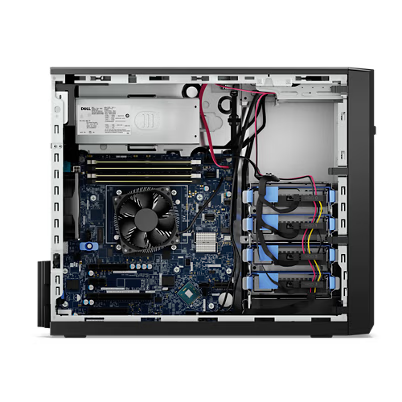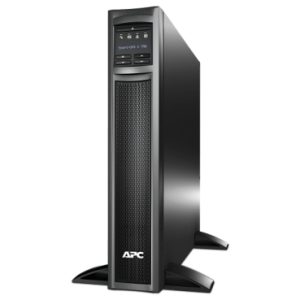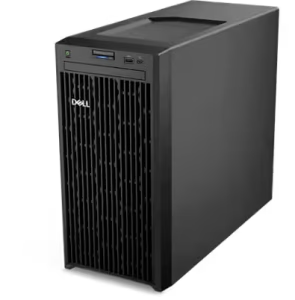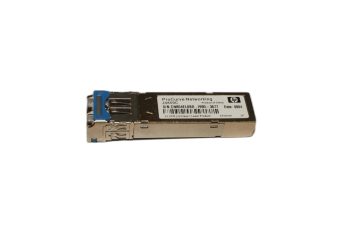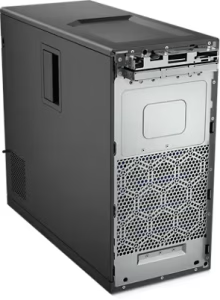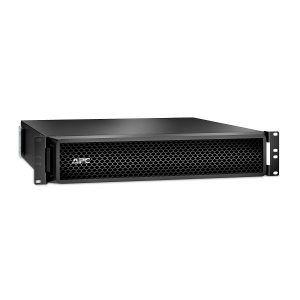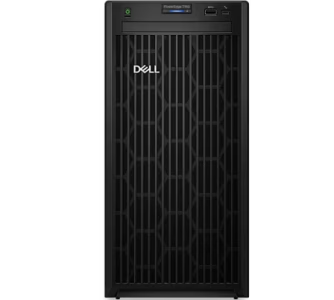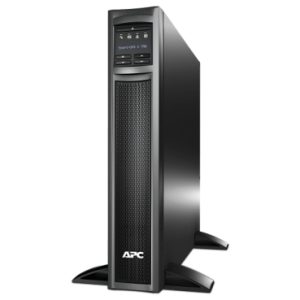extend server life with spare parts
Introduction: Maximize ROI by Investing in the Right Parts
Extend server life with spare parts
Servers are a critical investment for any business, and like any valuable asset, they require ongoing care to maintain optimal performance. One of the most cost-effective strategies to extend the life of your server is to use high-quality spare parts. Whether you’re maintaining legacy systems or enhancing modern infrastructure, quality components can significantly reduce downtime, enhance reliability, and prolong server lifespan.
1. Why Quality Spare Parts Matter
Extend server life with spare parts
Using generic or low-grade components might save money short-term, but they can jeopardize your entire IT environment. Quality spare parts:
- Ensure compatibility and stability
- Reduce the risk of unexpected hardware failure
- Support peak performance even under heavy workloads
- Protect critical data and applications from disruption
🛡 Fun Fact: Studies show that certified spare parts reduce failure rates by up to 40% compared to non-certified counterparts. Source: TechRepublic
2. Common Server Parts That Require Replacement
To keep your server running smoothly, regularly inspect and replace the following components:
| Component | Typical Lifespan | Signs of Failure |
|---|---|---|
| Hard Drives | 3–5 years (HDD), 5–7 years (SSD) | Slow access, errors, or noises |
| Cooling Fans | 3–5 years | Overheating, noise, high temps |
| Power Supplies (PSU) | 5–7 years | Random shutdowns, boot issues |
| RAM Modules | 5–10 years | Frequent crashes, memory errors |
| RAID Controllers | 4–6 years | Degraded array, poor performance |
Extend server life with spare parts
3. Use OEM or Certified Replacement Parts
Always opt for Original Equipment Manufacturer (OEM) or certified third-party parts to ensure compatibility and reliability. These parts are tested to meet manufacturer specifications, reducing the risk of failures.
🔧 Tip: For aging servers, consider using refurbished OEM parts from verified suppliers to save costs without sacrificing quality.
4. Monitor Server Health Regularly
Proactive monitoring tools can detect early warning signs of hardware wear. Use utilities such as:
- SMART diagnostics for hard drives
- iDRAC (Dell), iLO (HP), or IPMI for real-time hardware monitoring
- Environmental sensors to check fan speed, voltage, and temperatures
Early detection allows for scheduled replacements, avoiding surprise downtime.
5. Maintain an Inventory of Critical Spares
Keeping spare components on-site can minimize repair times. Suggested stock includes:
- Power supplies
- Hard drives or SSDs
- Server fans
- Memory modules
- Cables and interface cards
📦 A well-stocked inventory supports business continuity and shortens Mean Time to Repair (MTTR).
6. Follow Best Practices for Handling & Installation
Extend server life with spare parts
Even high-quality parts can fail due to poor handling. Ensure:
- Components are stored in anti-static packaging
- Technicians use ESD protection during installation
- Firmware is updated after installing new parts
- BIOS and drivers are configured correctly post-replacement
7. Extend Lifecycle Through Smart Upgrades
Instead of full replacements, extending server life can involve targeted upgrades:
- Upgrade to SSDs for better speed and reliability
- Increase RAM to improve multi-tasking performance
- Replace cooling systems with quieter, more efficient fans
- Use RAID controllers with better error handling
🔄 These incremental upgrades can add 2–4 years of service life to your server.
Conclusion: Quality Parts = Long-Term Performance
Extending the life of your server isn’t just about keeping it running—it’s about maintaining efficiency, reliability, and business continuity. By using quality spare parts, proactively monitoring health, and following industry best practices, your business can avoid costly replacements and ensure your servers serve you well into the future.

